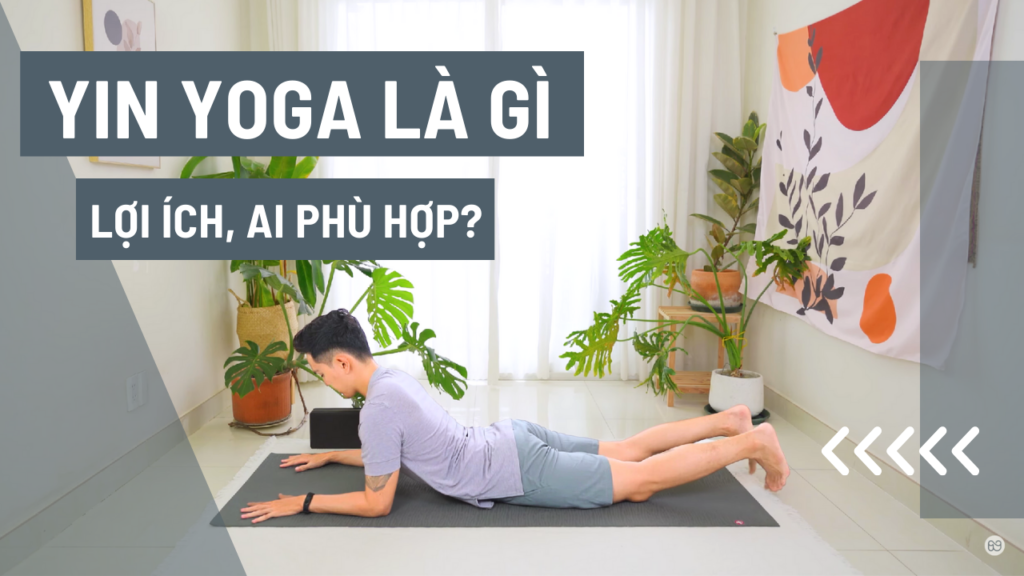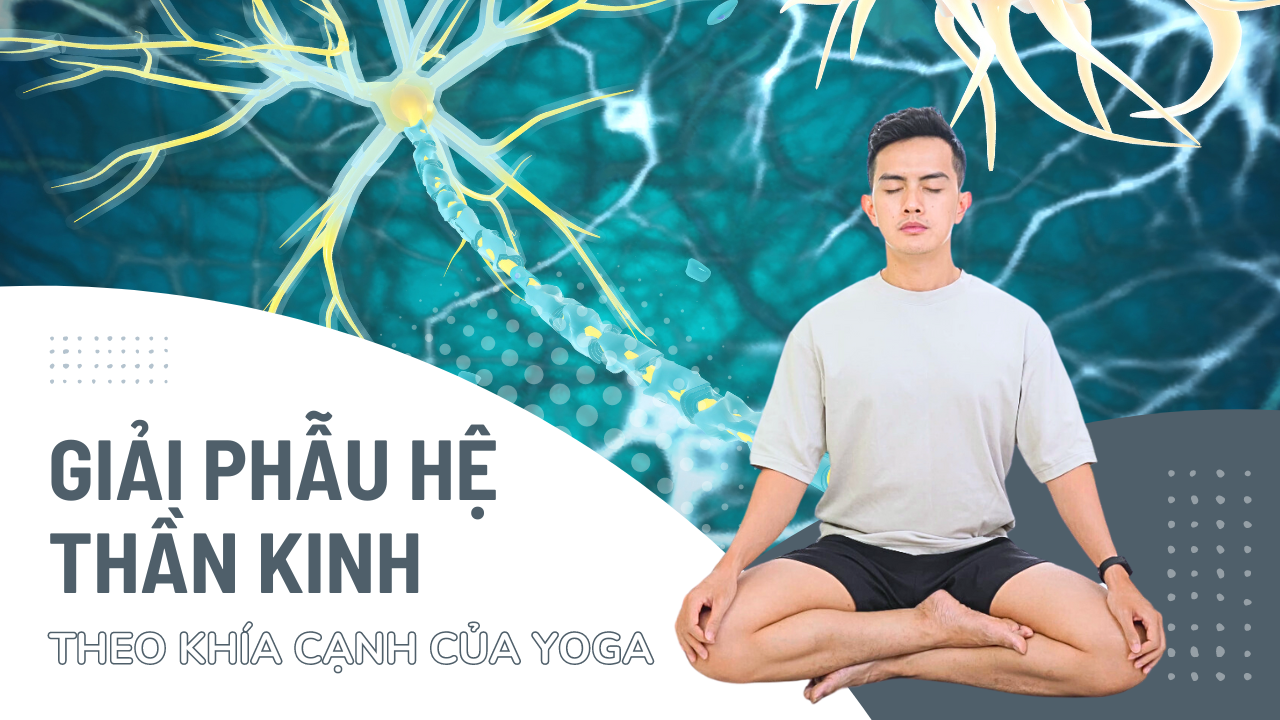More than just a form of exercise, Yin Yoga is also a philosophy of life, a unique approach to health and spirit. In this article, Nguyen will help you discover Yin Yoga, the benefits it brings to both the soul and body, and will also introduce the main postures of Yin Yoga. Read on to learn about this interesting style of Yoga.
What is Yin Yoga?
Yin Yoga is a style of Yoga that works deeply into our bodies with passive poses, holds longer and increases your inner awareness.
It targets the deepest tissues of the body, our connective tissues – ligaments, joints, bones, the body's deep fascial network and meridians.
Yin Yoga is meditative in nature and is taught in a calm and gentle manner. Yin Yoga contrasts with stimulating, vigorous Yoga styles such as Ashtanga or Vinyasa. Energetically, Yin Yoga improves energy flow, enhancing the flow of chi in the organs.
Benefits of Yin Yoga
If you practice Yin Yoga regularly, it will bring many benefits:
- Enhance blood circulation and improve flexibility.
- Soothes and balances the mind and body.
- Reduce stress and anxiety.
- Helps deepen relaxation.
- Improve joint flexibility.
Is Yin Yoga For Beginners?
Yin Yoga has quickly become popular because it is a useful practice for both beginners and experienced Yoga practitioners.
However, you should still take safety precautions to avoid injury. Consider taking a few guided classes from a reputable teacher before starting to explore new Yin Yoga poses on your own.
Who Should Avoid Yin Yoga
Although Yin Yoga is a great form of exercise for most people. However, there are some cases where you should avoid practicing Yin Yoga to ensure your safety.
People with osteoporosis:
This group of people should avoid practicing certain postures, especially those that require bending or straightening the spine, to avoid worsening bone and joint conditions.
Women who are pregnant or recovering from labor and delivery:
During pregnancy, the body releases Relaxin, a hormone that increases joint flexibility, increasing the likelihood of overstretching and injury when practicing Yin Yoga.
Some Popular Yin Yoga Poses
Butterfly pose
The butterfly yoga pose, in addition to opening the hip joints, also helps prevent back pain conditions and reduce stress and anxiety.
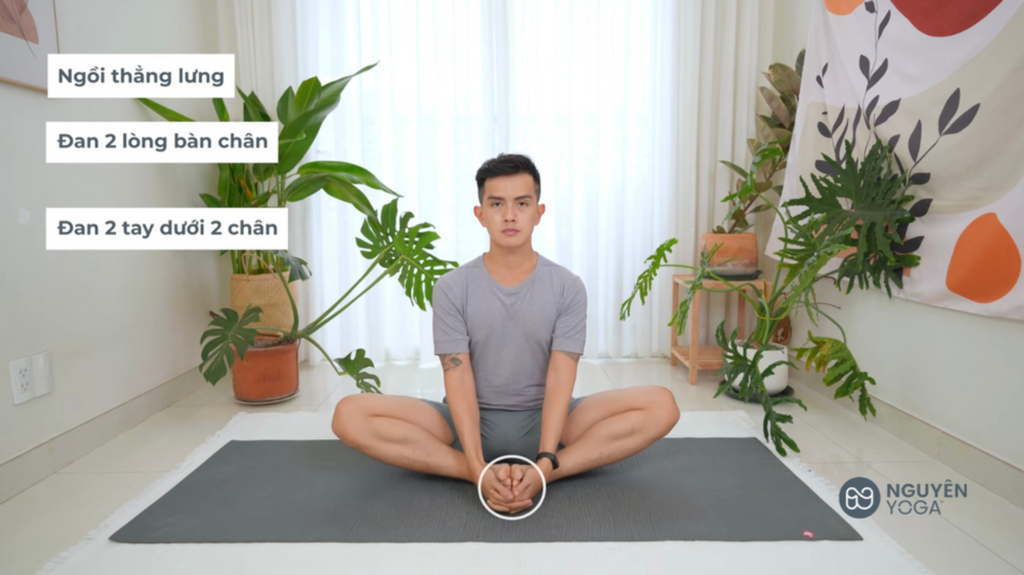
Guide:
- Sit up straight.
- Knit 2 soles, knit 2 hands under 2 legs.
Baby pose
This pose mainly helps to relax the mind and body, reduce stress and tension, besides promoting more blood circulation towards the head, soothing the shoulders and back, helping to relieve back and shoulder pain.
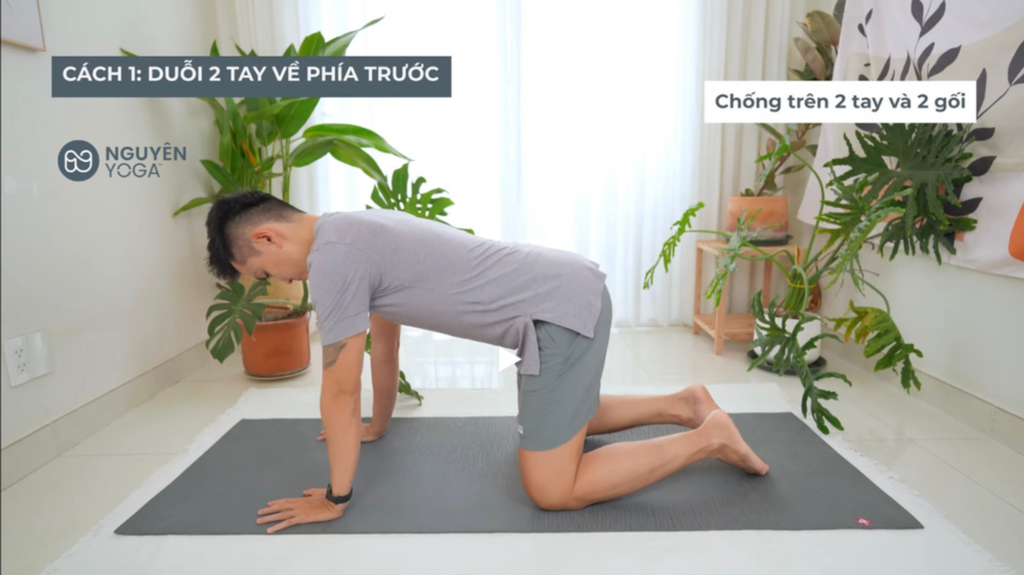
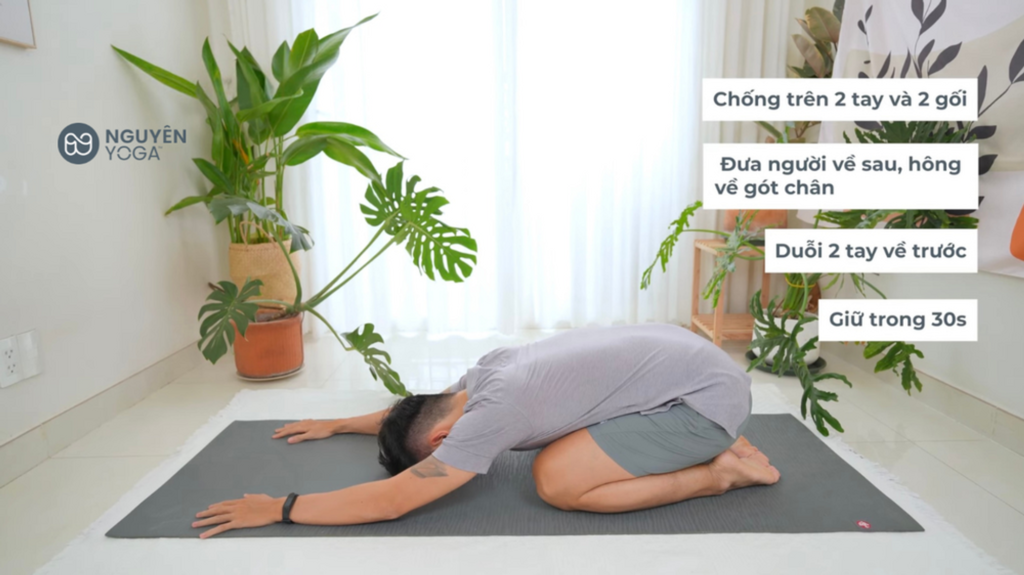
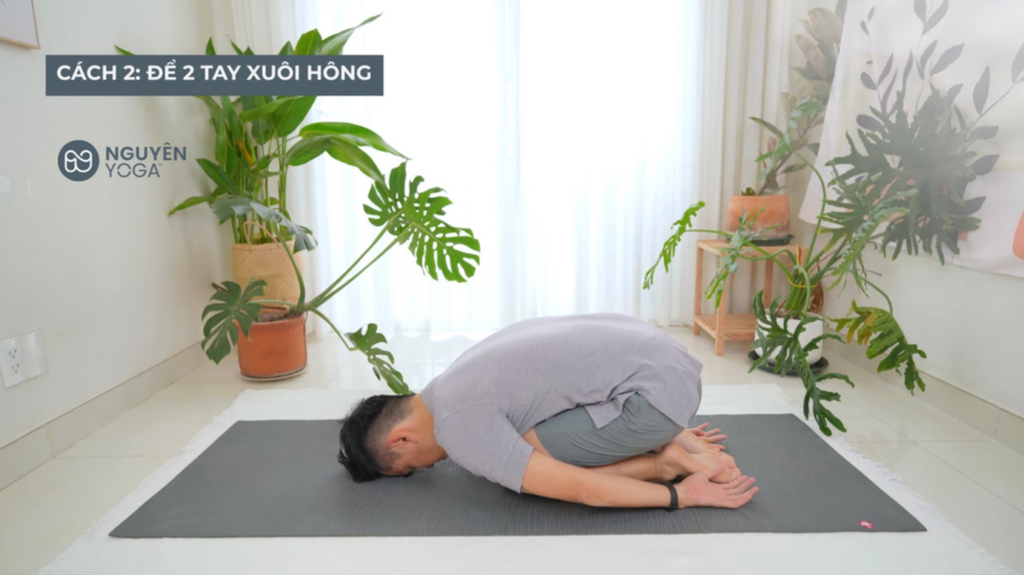
Guide:
- Stand on your hands and knees, gently bring your body back, hips toward your heels, straighten your arms forward. Lie down, breathe deeply and slowly here for 30 seconds.
- In addition, you can also put your hands on your hips, which is also a good choice to relax the body.
Twisted Yoga pose
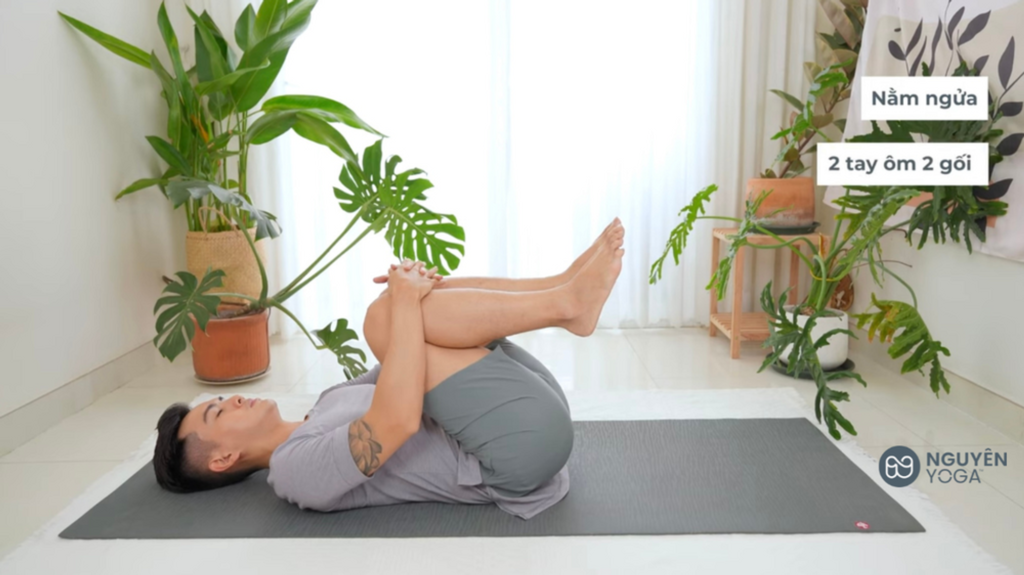
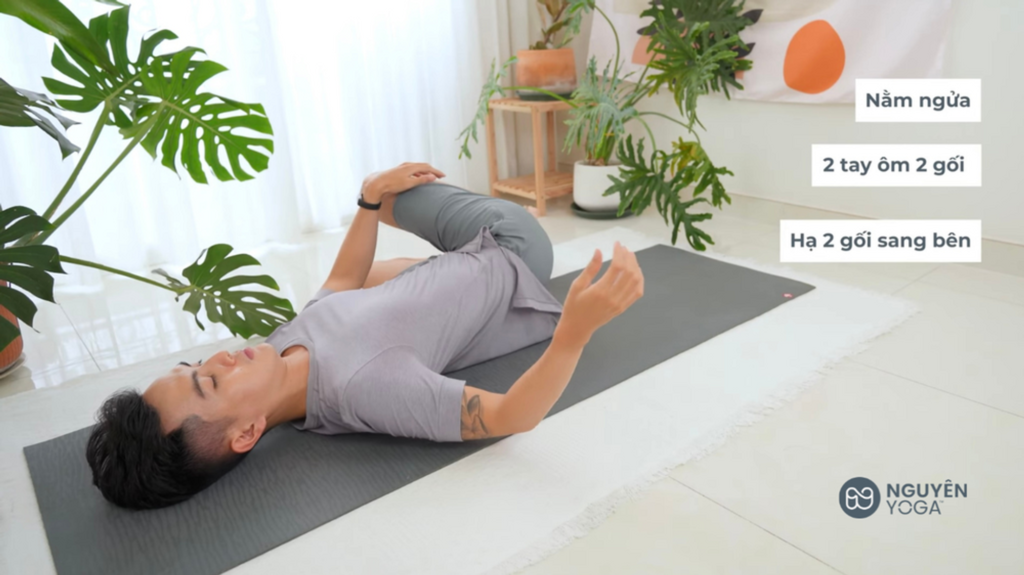

The benefits of this pose are that it relaxes the spine, especially the lumbar region, helps to relax the muscles and ligaments around the hip joints, and stimulates and relaxes the internal organs.
Guide:
- Lie on your back on the mat with your knees bent toward your chest.
- Then slowly lower your knees to the side, for example on the left side here.
- Then use your hand to hold the knee, and with the other hand twist your body in the opposite direction. Hold here for 3-5 deep breaths then switch sides and do the same for the other side.
Sphinx pose
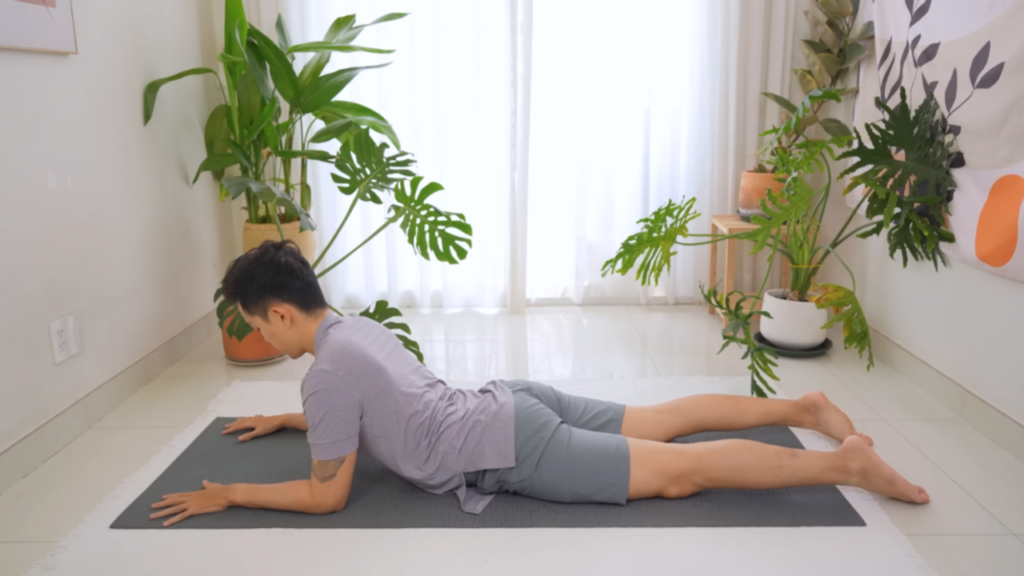
- Leaning on your forearms, slightly open your shoulders and chest. (If you feel uncomfortable, you can knit your forearms and lie on your forearms), take 5 breaths evenly.
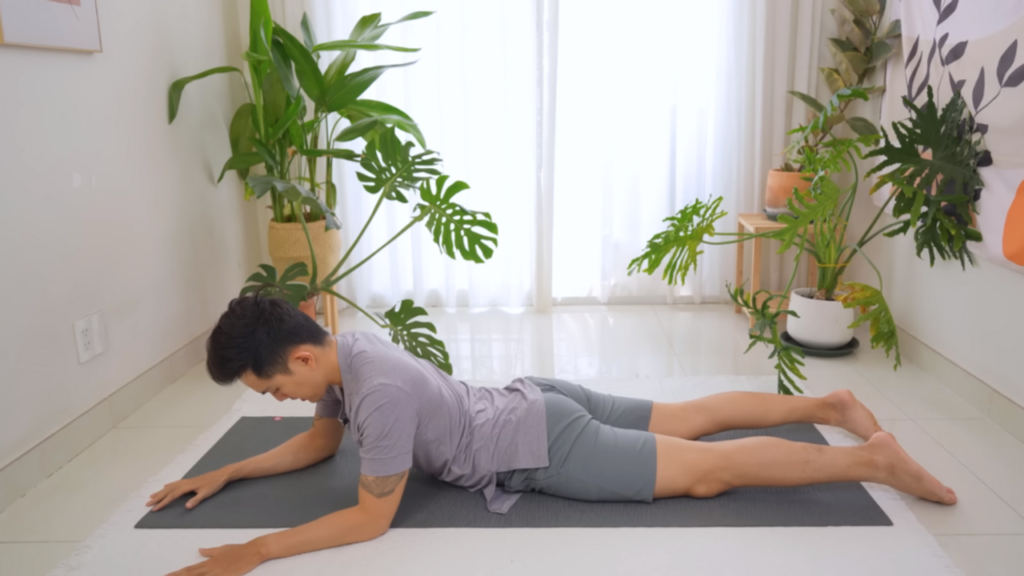
- Gently move your forearms to the right, breathing evenly for 5 breaths.
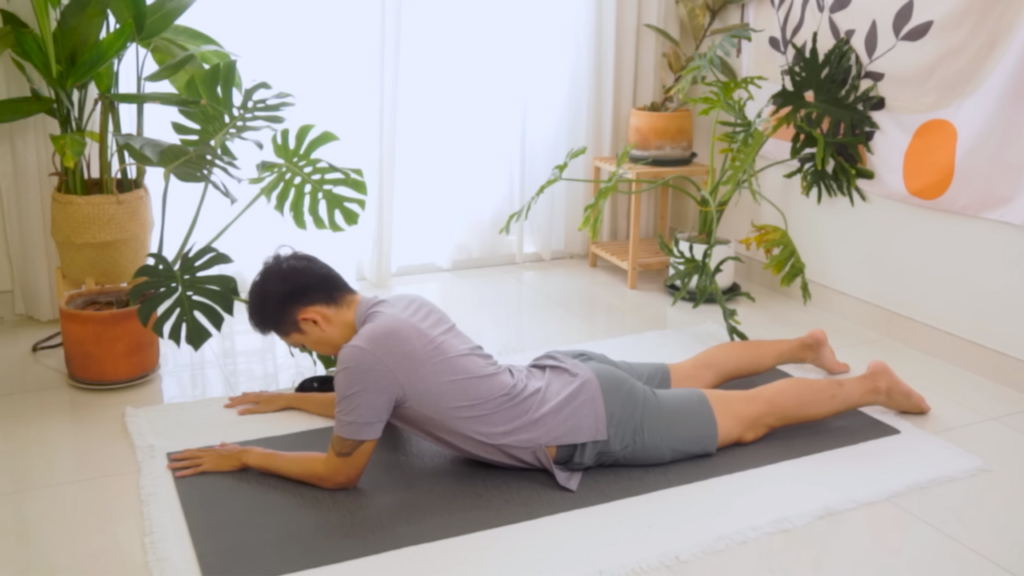
- Move your hands to the left side, take 5 breaths evenly.
Notes When Practicing Yin Yoga
- Choose a quiet, airy, clean, and well-lit space to practice.
- Prepare adequate yoga equipment, such as mats, pillows, towels, or other items to support the postures. You also need to wear comfortable, loose, and airy clothes.
- Warm up your body before starting Yin yoga poses. You can do some simple movements, such as rotating your neck, shoulders, wrists, groin, knees, or Hatha yoga movements.
- Perform Yin yoga poses slowly, gently, and consciously. You need to listen to your body and adjust the depth and tension of each pose accordingly. You should not force your body too hard, or hold the position for too long.
- Breathe evenly and deeply during exercise. You need to breathe in through your belly, and out through your nose. You also need to relax your mind and not pay attention to disturbing thoughts or emotions.
- After finishing a pose, slowly and gently bring your body back to its original state. Rest for a few breaths. Then, practice more counterbalancing movements to balance your body.
- End the session with a prone position (Savasana) to relax the body and mind. You can lie down for 5 to 15 minutes, depending on your comfort.
Nguyen hopes that the above shares will be effective and useful in your process of learning and conquering Yoga. Besides, there are also many articles about health and Yoga at Nguyen's blog, especially Youtube channel Nguyen has many other useful exercises and movements, please follow and look forward to Nguyen!

